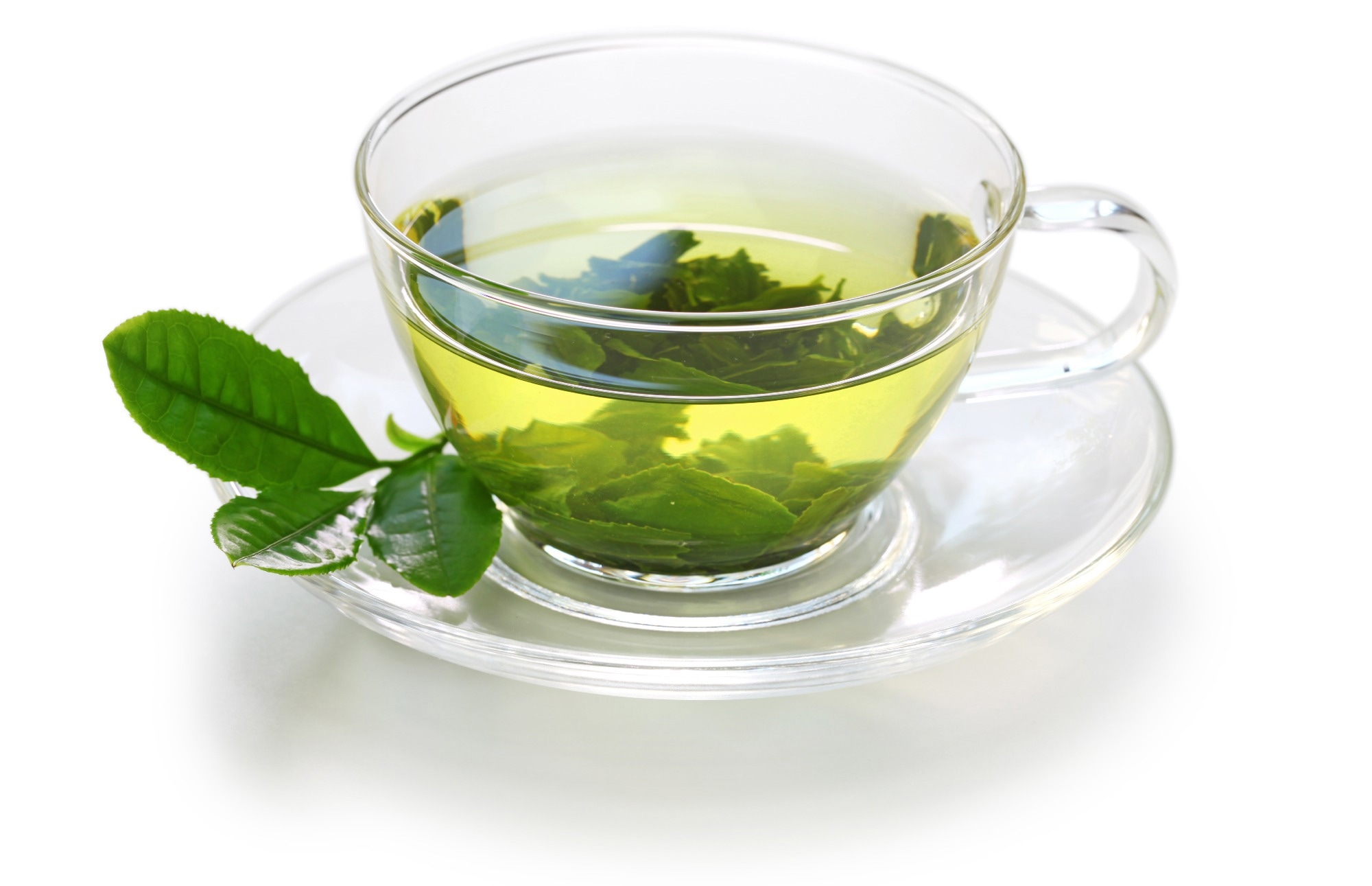In a recent study published in the journal Free Radical Biology and Medicine, researchers screened for neuroprotective compounds against Alzheimer’s disease (AD).
Alzheimer’s disease, the sixth leading cause of death in the United States (US), is a progressive neurodegenerative condition and the common cause of dementia in older adults. Increasing evidence suggests that pathogens trigger the amyloid cascade, tau protein hyperphosphorylation, and neuroinflammation in some patients. Specifically, herpes simplex virus (HSV) type 1 is implicated as an etiologic agent in sporadic AD (sAD).
HSV-1 is a neurotrophic virus with a prevalence of 67% in US individuals aged 14-49 years. Of late, epidemiologic studies have reported links between anti-herpetic treatments and a lower risk of dementia. Previously, the authors’ laboratory reported the development of a three-dimensional (3D) human cortical brain tissue model of herpes-induced AD, providing evidence for the causality of AD by HSV-1.
 Study: Screening neuroprotective compounds in herpes-induced Alzheimer's disease cell and 3D tissue models. Image Credit: bonchan / Shutterstock
Study: Screening neuroprotective compounds in herpes-induced Alzheimer's disease cell and 3D tissue models. Image Credit: bonchan / Shutterstock
The study and findings
In the present study, researchers screened for neuroprotective compounds against AD. Human-induced neural stem cells (hiNSCs) were generated by direct reprogramming using human foreskin fibroblasts. These cells were infected with HSV-1 at a multiplicity of infection (MOI) of 0.0001. 3D human cortical brain tissue models were generated. Experimental compounds were added concurrently with viral inoculums.
2D cell cultures were maintained for a week and processed for immunostaining and gene expression analysis, whereas 3D models were maintained for 10 days and processed for calcium imaging and immunostaining. Immunofluorescence was performed on cells grown in 2D cultures or 3D models. The relative size and number of beta-amyloid (Aβ) plaque-like formations were quantified.
A compound library with purported neuroprotective characteristics was assembled from a list of Food and Drug Administration (FDA)-approved drugs for non-AD conditions, herbal/dietary supplements, and nutraceuticals. In addition, various FDA-approved drugs that ameliorate or aggravate cognitive decline were investigated.
The primary 2D screen was performed using the entire library of 21 compounds to test the formation of Aβ plaque-like formations, mRNA transcripts of AD mediators (amyloid precursor protein [APP], presenilin 1 [PSEN1], and cell morphology. The lead candidates from the 2D screen were advanced to testing in 3D tissue models for plaque-like formations, dendritic network integrity, and calcium imaging.
Most compounds failed to reduce HSV-1-induced plaque formation and were not considered for further investigations. Only green tea catechins, citicoline, Ashwagandha extract, curcumin, resveratrol, and metformin reduced the plaque area induced by HSV. Notably, Ashwagandha was excluded from further analysis due to significant toxicity.
Citicoline reduced Aβ plaque formation at 10 μM and 100 μM in 2D cultures. In 3D tissues, Aβ plaque formation was similarly decreased with citicoline treatment. However, there was a noticeable decline in cell count along with a less interconnected dendritic network. The firing frequency was significantly reduced in infected but untreated 3D tissues, and citicoline treatment abrogated this effect.
Curcumin treatment decreased plaque count and size in HSV-1-infected 2D cultures. Moreover, curcumin treatment caused significant cell death at 100 μM. 10 μM curcumin treatment restored APP and PSEN1 expression levels to non-infected levels. Of note, curcumin treatment of 3D tissues caused significant cell death and thus was not further studied.
Green tea catechins decreased plaque formation at 0.1 μg/mL and 1 μg/mL in 2D cell cultures. In 3D tissue models, green tea catechins caused similar reductions in plaque burden as in 2D cultures, with high cell viability. Metformin also decreased plaque formations and maintained cell viability at 10 μM and 1 mM concentrations.
Gene expression revealed significantly low APP levels but increased PSEN2 expression in virus-infected cells. Metformin maintained high cell viability and plaque reductions in 3D models. However, metformin failed to prevent the decreased firing frequency induced by HSV infection.
Resveratrol exhibited a moderate plaque count reduction at 1 μM and 10 μM, but completely suppressed plaque formation at 100 μM, without any impact on cell viability. 3D tissue models showed similar minimal toxicity at 100 μM, with a significant reduction in plaques as in the 2D screen.
 Food rich in resveratrol. Image Credit: DIVA.photo / Shutterstock
Food rich in resveratrol. Image Credit: DIVA.photo / Shutterstock
Conclusions
In summary, the study identified green tea catechins and resveratrol as promising candidates for anti-plaque properties, functional neuroprotective features against AD, and minimal toxicity. Although citicoline and metformin treatments demonstrated plaque suppression and low toxicity, these compounds were not protective against HSV-induced perturbations in neuronal signaling. Overall, the study established a simple platform for rapid screening and characterization of compounds against AD in 2D cell cultures and 3D human cortical tissue models.